Description
Caring for your Dumb Cane
Dieffenbachia is a beautiful and rewarding plant to care for. Its low-maintenance nature makes it suitable for plant lovers of all levels. With the right care, your Dieffenbachia will be a vibrant, thriving addition to your indoor garden for years to come. Remember to handle the plant with care, especially when pruning or repotting, due to its toxic sap.
Light
Dieffenbachia flourishes in medium to bright, indirect light. It can adapt to lower light conditions, but this may affect the vibrancy of its leaves. Direct sunlight should be avoided, as it can scorch the leaves, causing brown spots and fading of the variegation.
Water
Watering is a critical aspect of Dieffenbachia care. The soil should be allowed to dry out slightly between waterings. Over-watering can lead to root rot, a common issue with this plant. Check the top inch of the soil; if it’s dry, it’s time to water. Reduce watering in the winter months when the plant’s growth slows down.
To increase humidity, especially in dry environments, you can mist the leaves, place a humidifier nearby, or use a pebble tray filled with water.
Soil
Use a well-draining potting mix. A mixture of peat, pine bark, and perlite is ideal. Repotting should be done every 2-3 years or when the plant has outgrown its pot. Spring or early summer is the best time to repot. Choose a pot that is one size larger than the current one to give the roots room to grow.
Fertilizing
Fertilize Dieffenbachia every 4-6 weeks during the growing season (spring and summer) with a balanced, water-soluble fertilizer diluted to half the recommended strength. Avoid fertilizing in the winter when the plant is not actively growing.
Pruning
Prune Dieffenbachia to maintain its shape and encourage bushier growth. Remove any yellowed or damaged leaves at the base. You can also cut back the main stem if it becomes too leggy, which will encourage new growth from the base.
Propagation
Dieffenbachia can be propagated through stem cuttings. Cut a piece of stem about 4-6 inches long with at least one leaf. Let the cutting dry for a few hours to form a callous, then plant in moist soil. Keep the soil moist and in indirect light until new growth appears.
Pest and Disease Management
Common pests include spider mites, mealybugs, and aphids. These can be managed with insecticidal soap or neem oil. Diseases like root rot are usually due to overwatering. Ensure proper soil drainage and avoid letting the plant sit in water.
Dieffenbachia is toxic if ingested and can cause irritation upon skin contact. The plant should be kept away from pets and children. If skin contact occurs, wash the area thoroughly with soap and water.

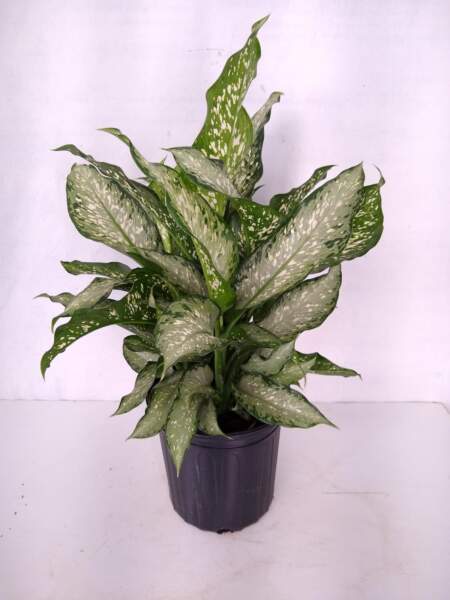
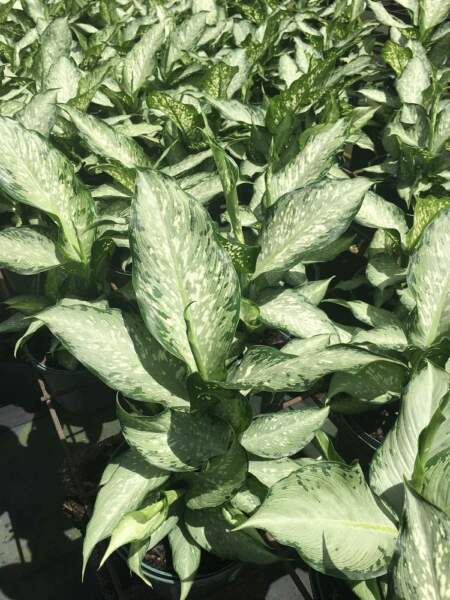


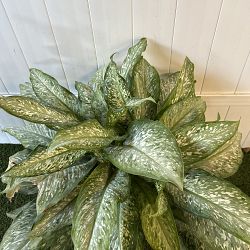
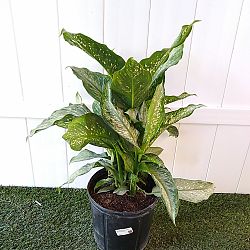
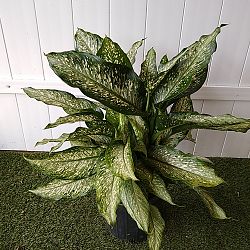
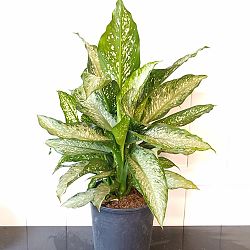
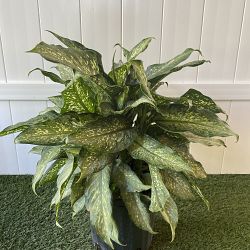
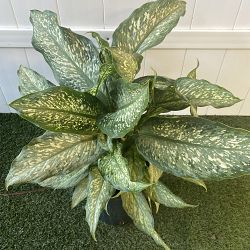
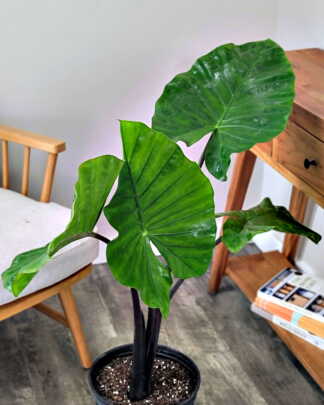
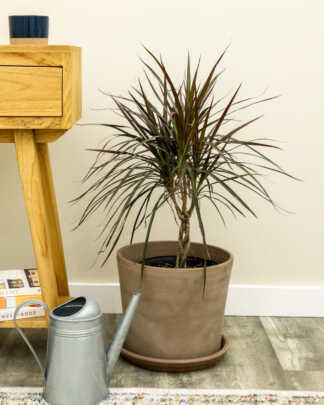
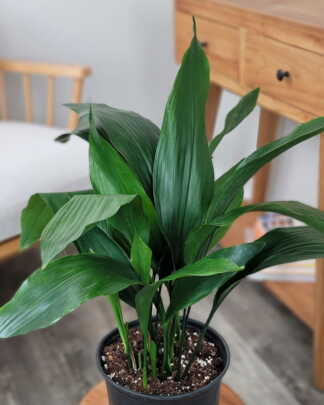
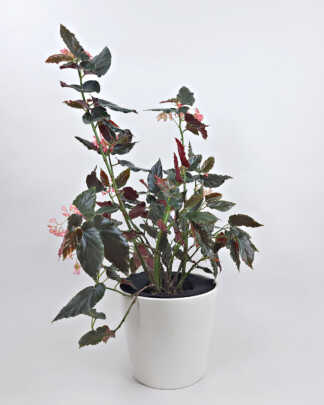
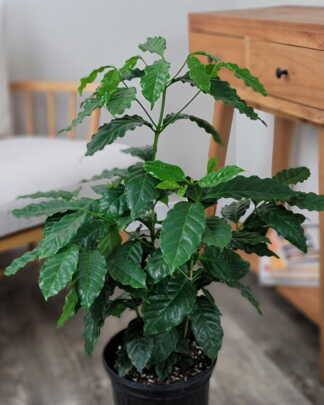







Reed (verified owner) –
Anna B. (verified owner) –
Love love this one, beautiful leaves
sandra –
Can you tell me how tall the plant is when shipped? Also need a 10″ pot, what size is the pot as well.
thank you.
WILLIAM SENA (verified owner) –
Chris W. (verified owner) –
You cannot beat the quality for the price, especially considering the incredibly fast shipping. Plants are well packed and very full and lush, just like the pictures.
Sara H. (verified owner) –
I was so pleased with this plant I had to order one for myself. It’s a gift for my sister in FL.
Deitric Thompson (verified owner) –
Beautiful full plant!!
Sharon B. (verified owner) –
The plant is quite full; however, there are some brown spots on the leaves and five leaves are beginning to yellow. I watered the plant after I received it and I am hoping it will begin to get better.
Airenne (verified owner) –
Huge amazing plant! It arrived quickly, in beautiful shape, with new leaves unfolding, even flowering! Couldnt ask for a better experience!
Giovanni (verified owner) –
Very beautiful as well
Emme (verified owner) –
So lush! Very well packaged, no damage to plant 😊
Melissa (verified owner) –
VICTORIA L. (verified owner) –
Nice and full!!
Iryna M. (verified owner) –
Pant is very healthy and large!!!
Tambora jackson –
Do the dieffenbachia tiki come in a smaller plant? Do you all have the leopard lily?